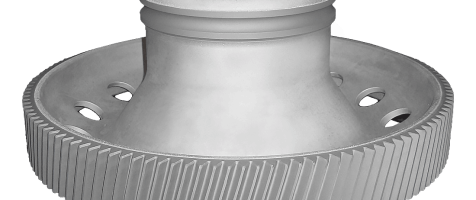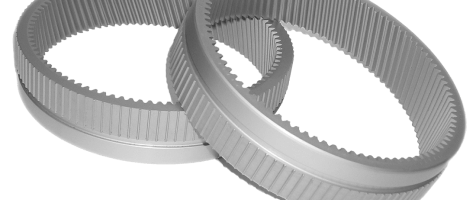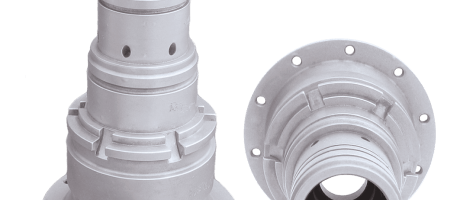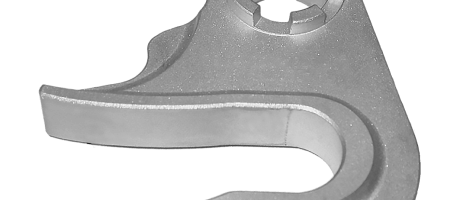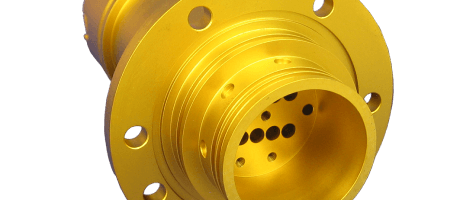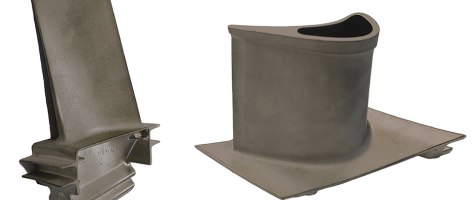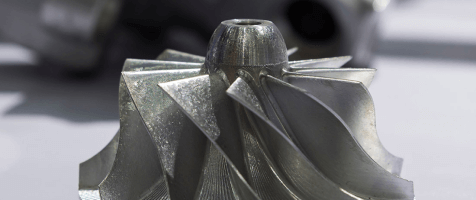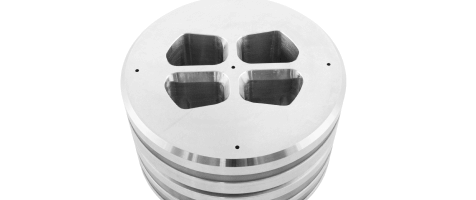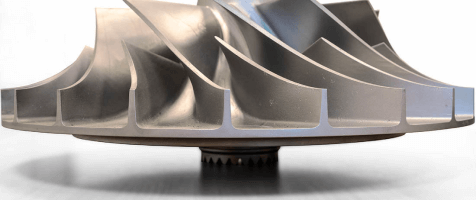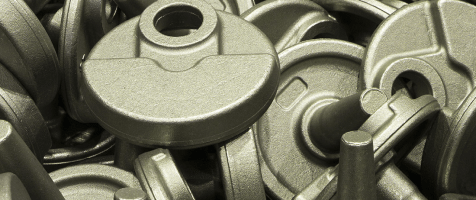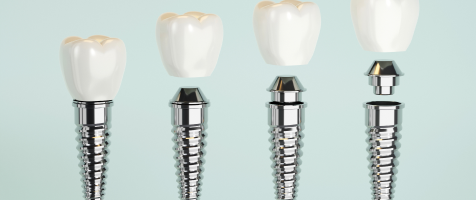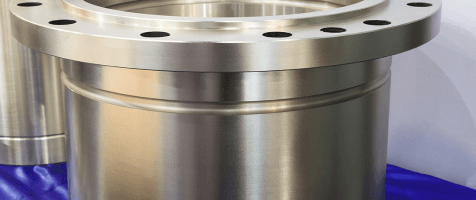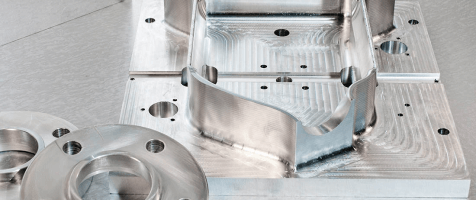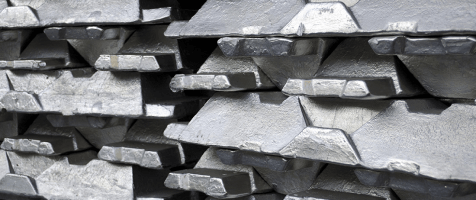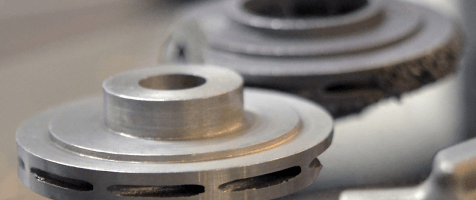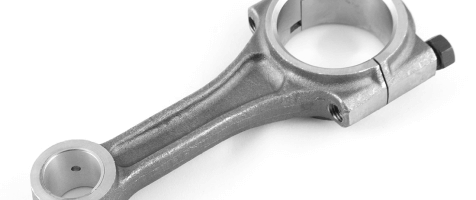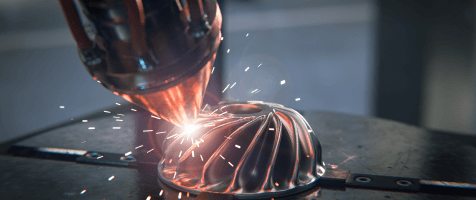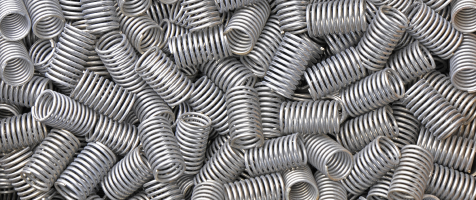Nitrex furnace systems
From Vacuum Furnaces to Pioneering Gas Nitriding Solutions, Nitrex has the answer.
For 40 years Nitrex has served the Heat Treating and Surface Treatment Markets with Aerospace Coatings Furnaces, Vacuum Heat Treating Equipment and Nitriding and Nitrocarburizing Solutions.
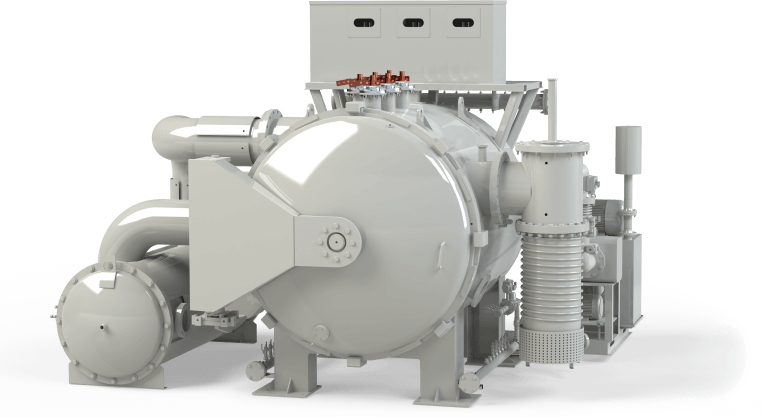
Nitriding
Your Complete Solution for Gas Nitriding System Excellence
From Design to Construction, Installation, and Commissioning, Our Turnkey Systems Ensure Superior Quality, Reliability, and Cost-Efficiency for All Levels of Heat Treaters
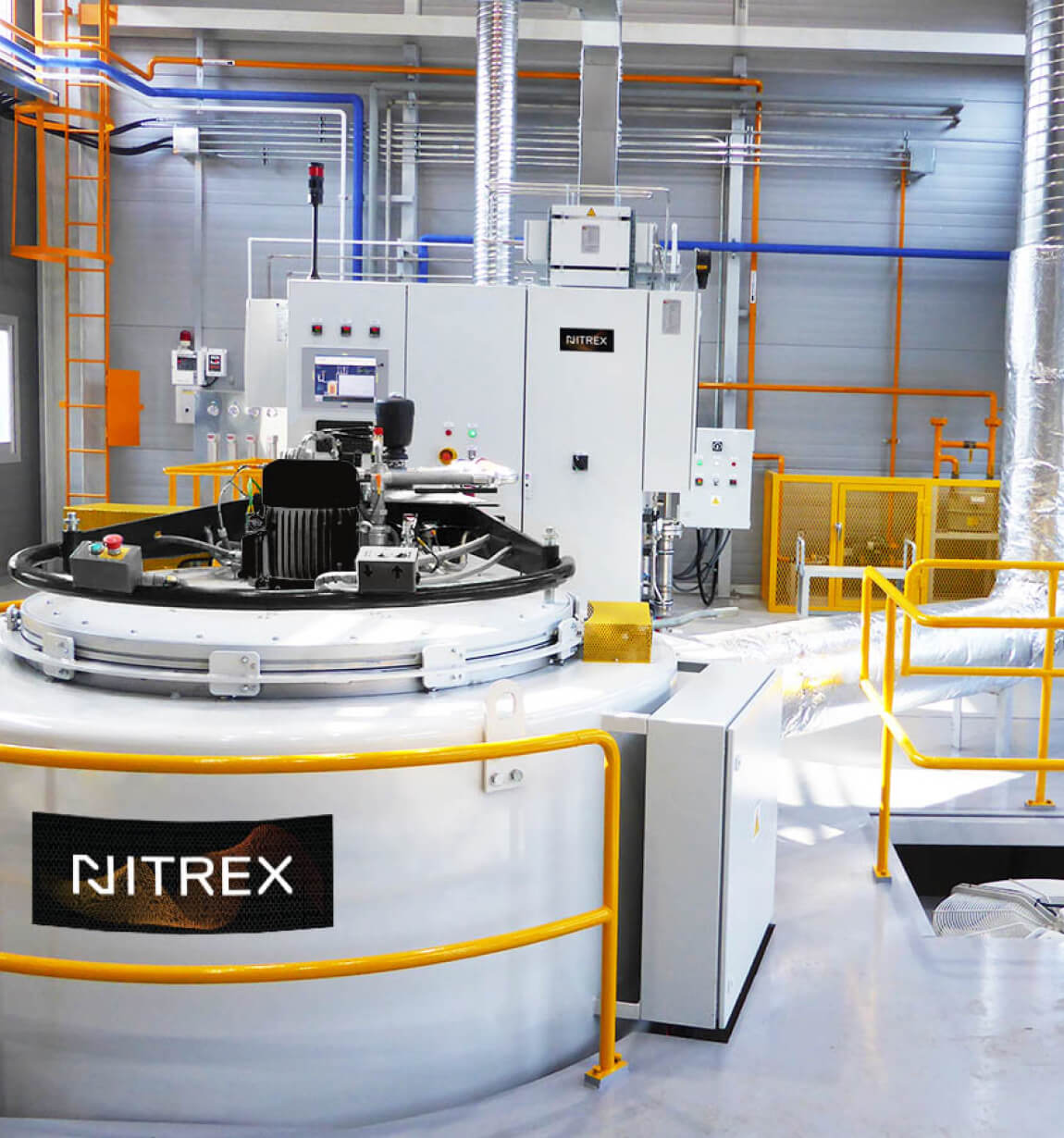
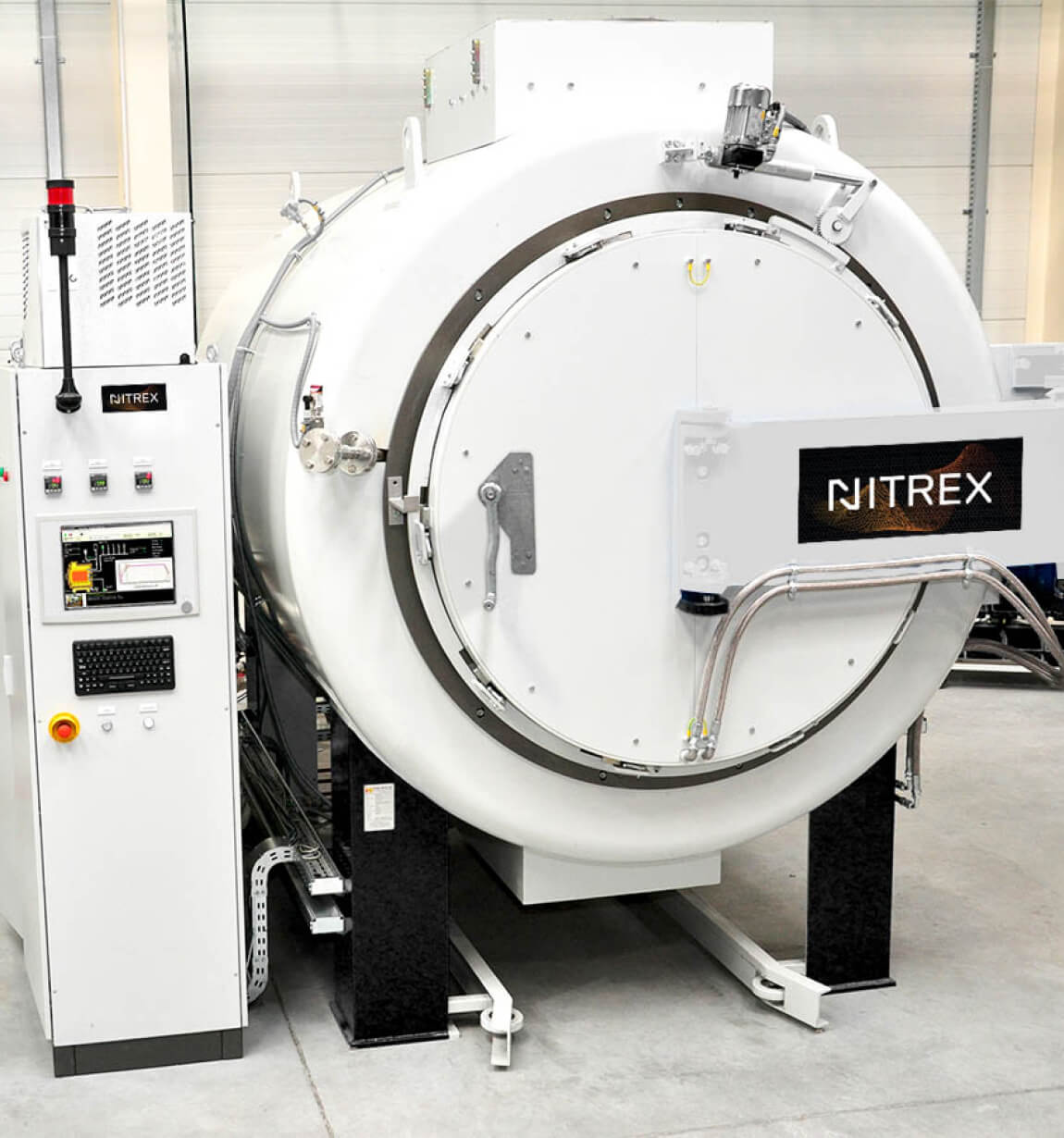
NXHL front-loading batch furnaces support high-volume, 24/7 automated production with fast cycles and maximum utilization.

A favorite with aluminum extrusion die makers – Discover the cost-effective, reliable NXK series for small-scale processing and lab testing.
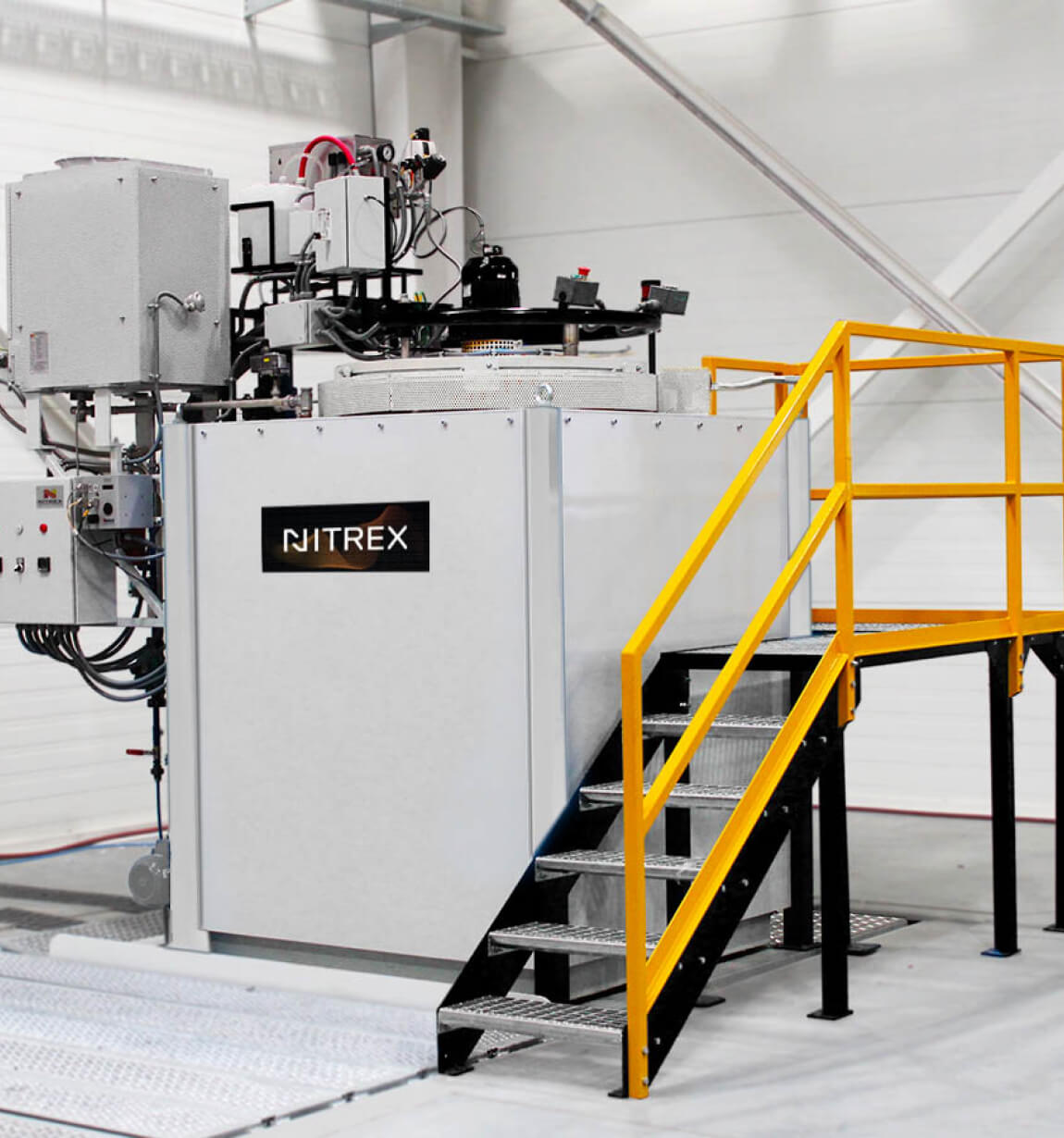
The Semi-Continuous, multi-batch solution ensures high production for brake rotors, automated flow, and other nitrocarburizing applications.
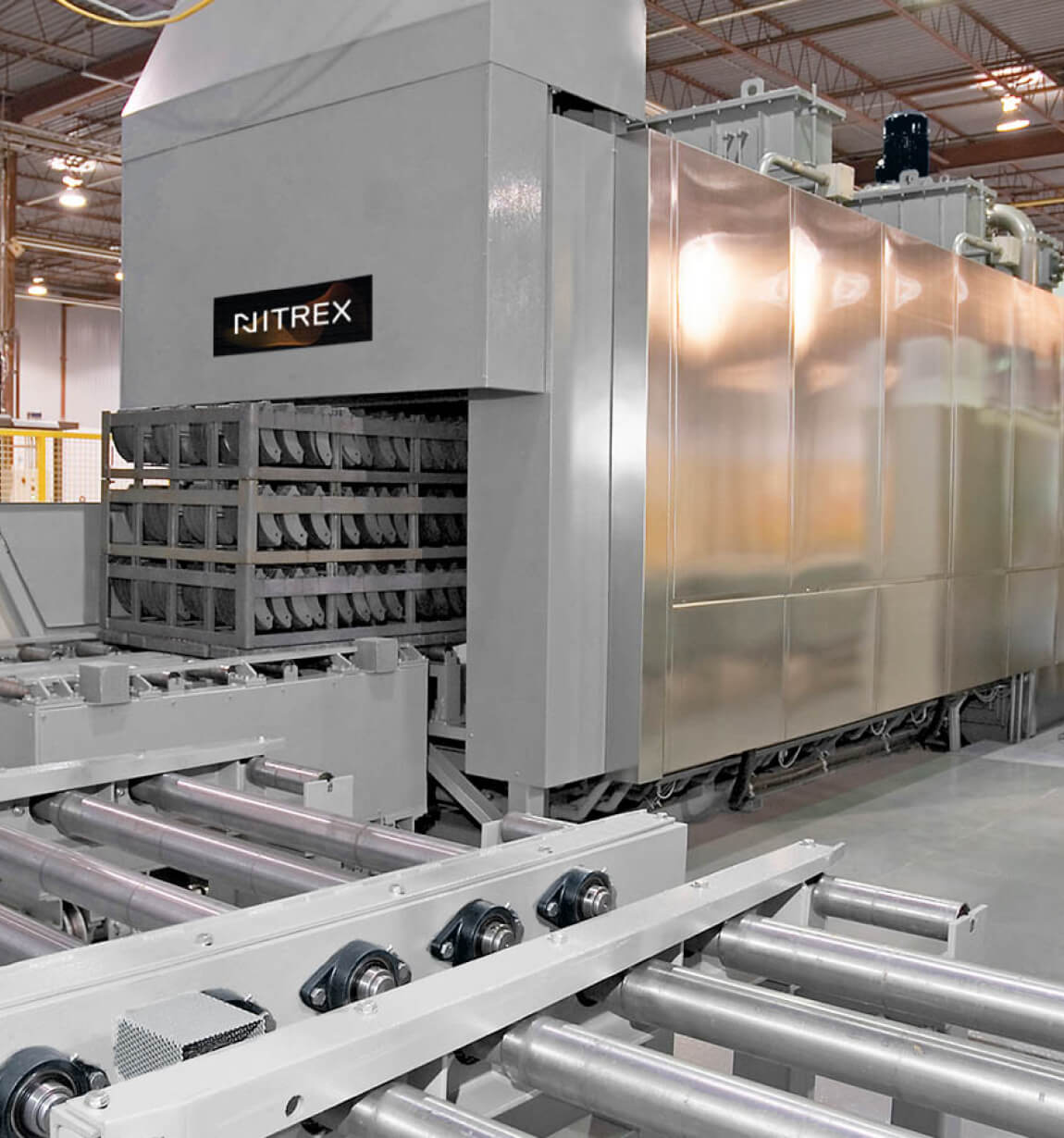
Vacuum
Furnaces for Clean Vacuum Atmosphere for the most demanding applications
Serving Aerospace, Power Generation, Energy, and Commercial Heat-Treating Industries with Expertly Crafted and Supported Furnace Solutions from G-M Enterprises, A Nitrex Company
The Horizontal Vacuum Furnace (HVF Series) offers improved temperature uniformity and volume utilization.
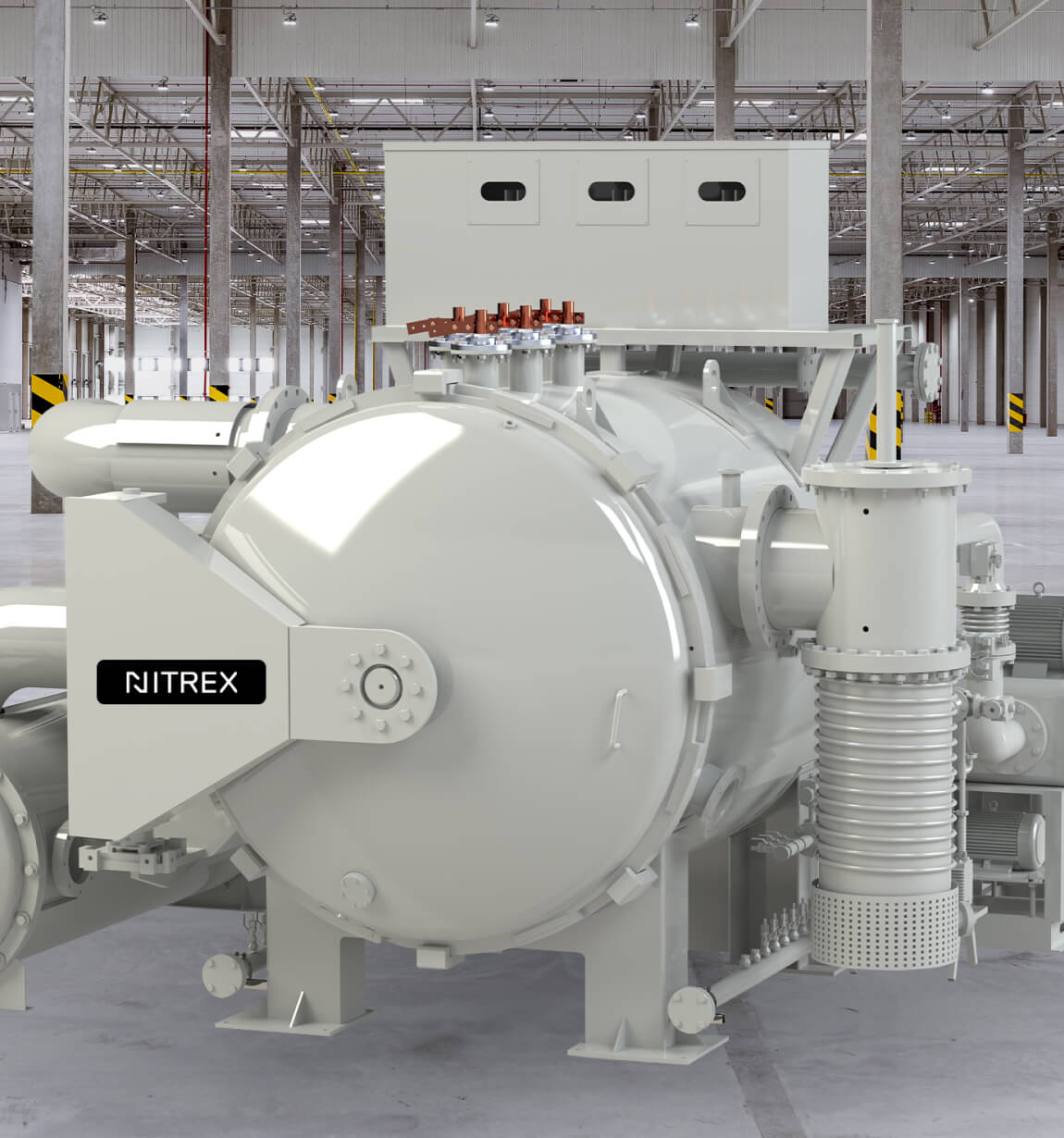
The 3Q™ series offers 2-bar, 6-bar, and 10-bar cooling capabilities with gas quenching in a separate chamber for superior metallurgical results.
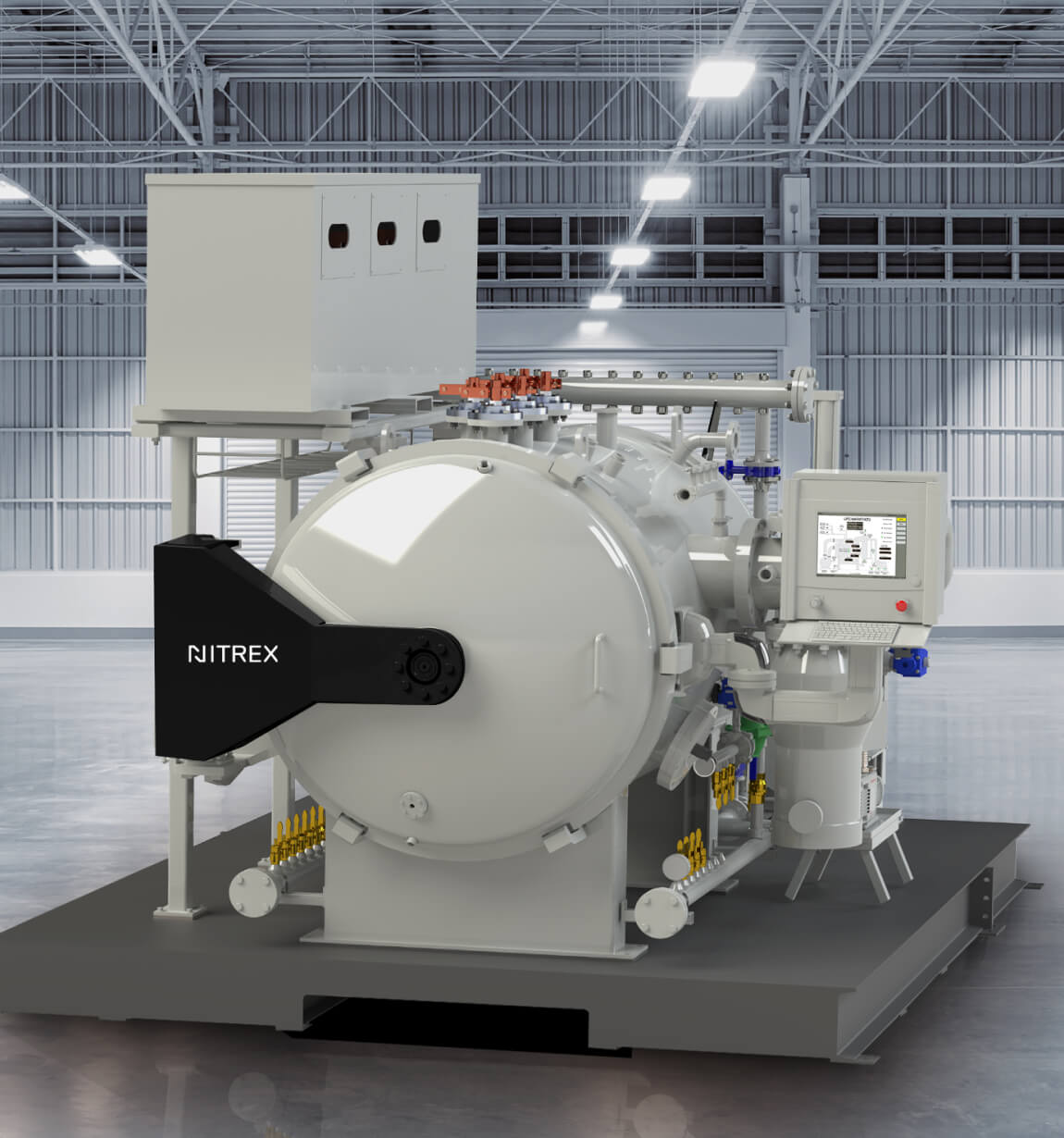
The Vertical Vacuum Furnace (VVF Series) is designed for vertical bottom loading applications, featuring a circular hot zone for larger workloads.
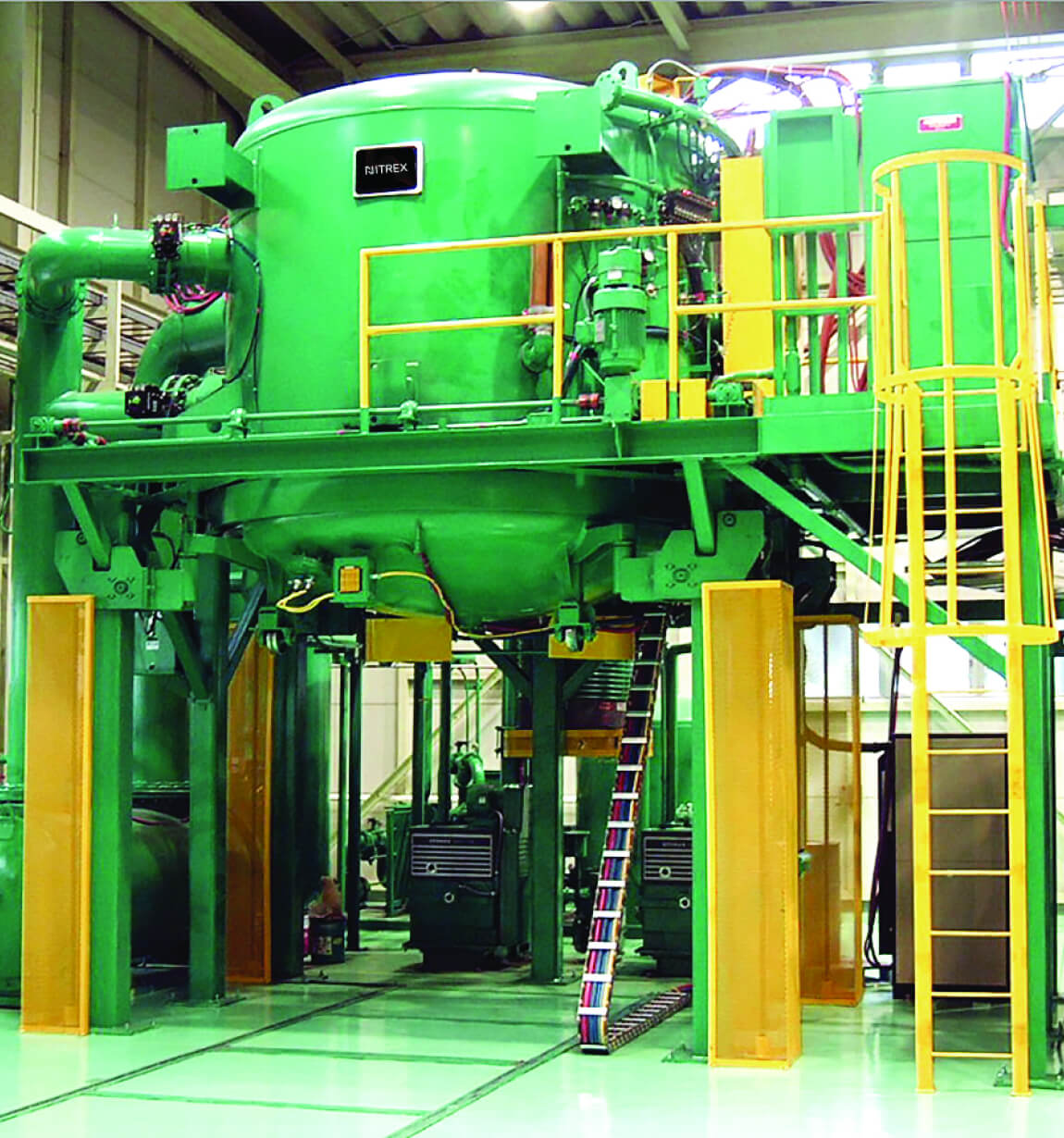
Our vacuum-purge temper furnace ensures clean parts, ideal for aging, annealing, and heating up to 700°C.
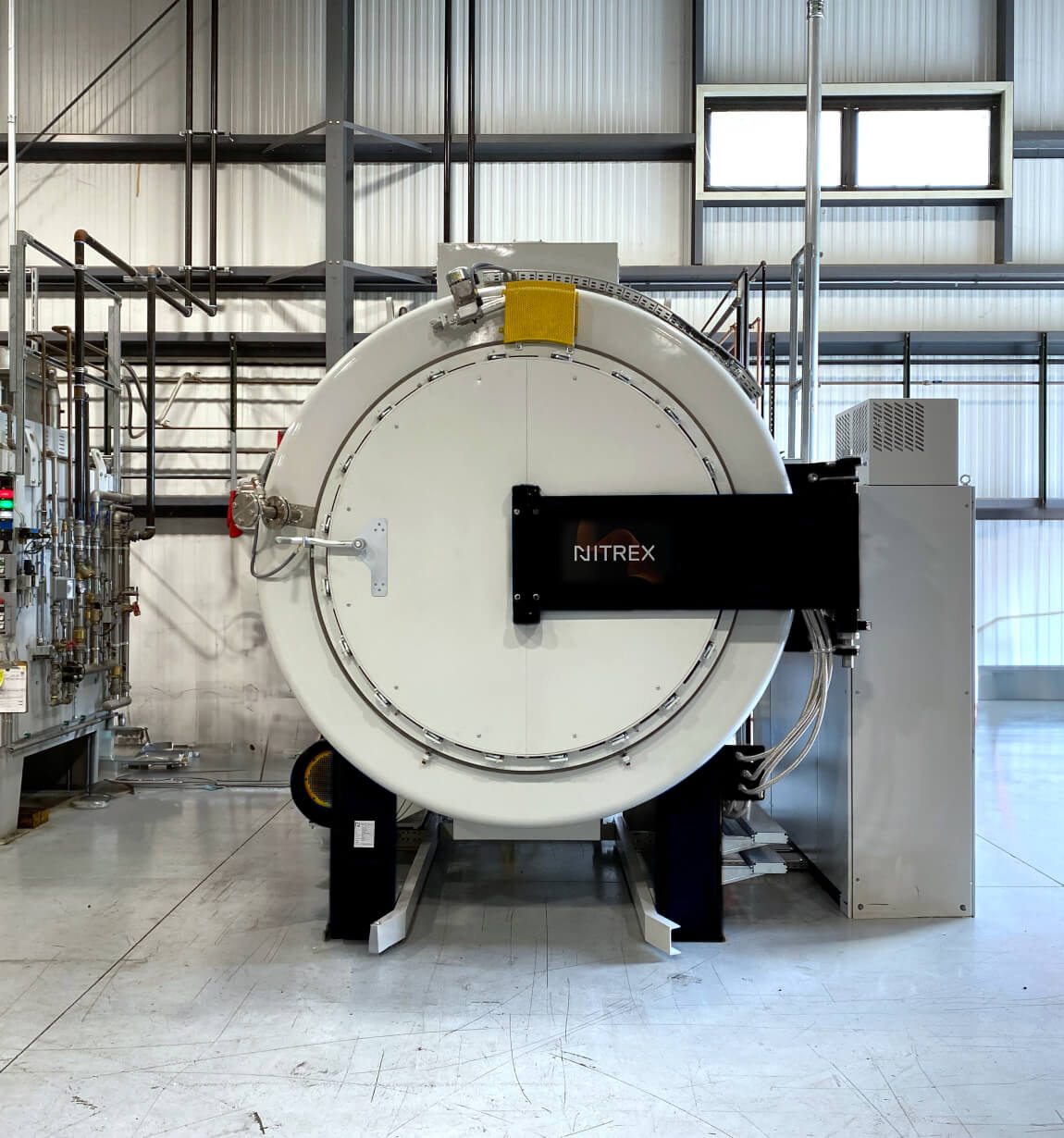
The Quantum Quench™ Vacuum Furnace delivers controlled cooling without moving parts, ensuring superior results.
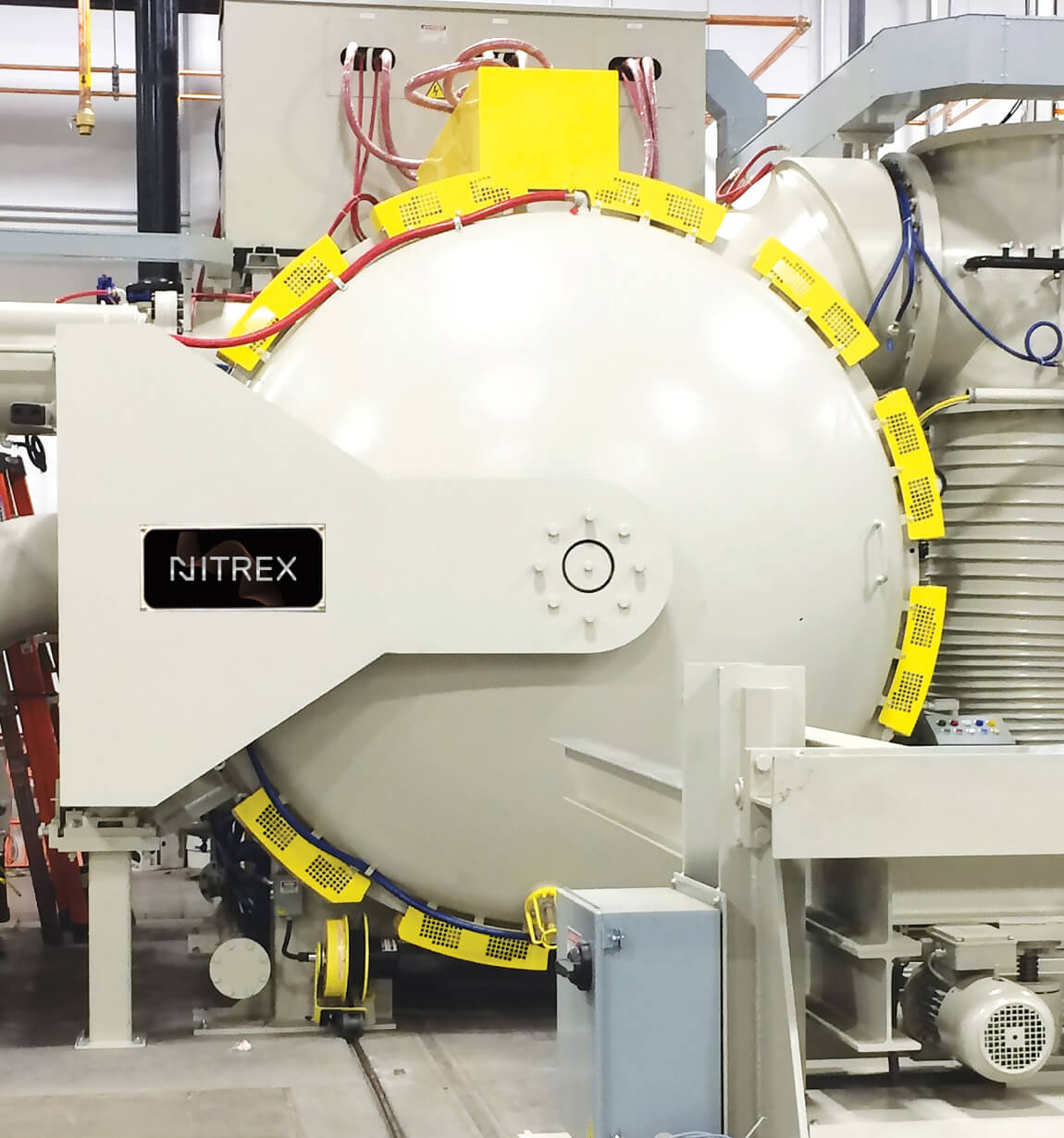
Coating/Retort
Premium Provider of High-Temperature Coating/Retort Furnaces
Versatile High-temp Vacuum Furnaces for Aerospace, Nuclear, Medical, and more.
Reliable for Steel, Nickel, Titanium, and Complex Alloys.
The SAR Batch Retort Bell Argon/Hydrogen Coating Furnace offers electric heating and atmosphere gas, ideal for coating applications.
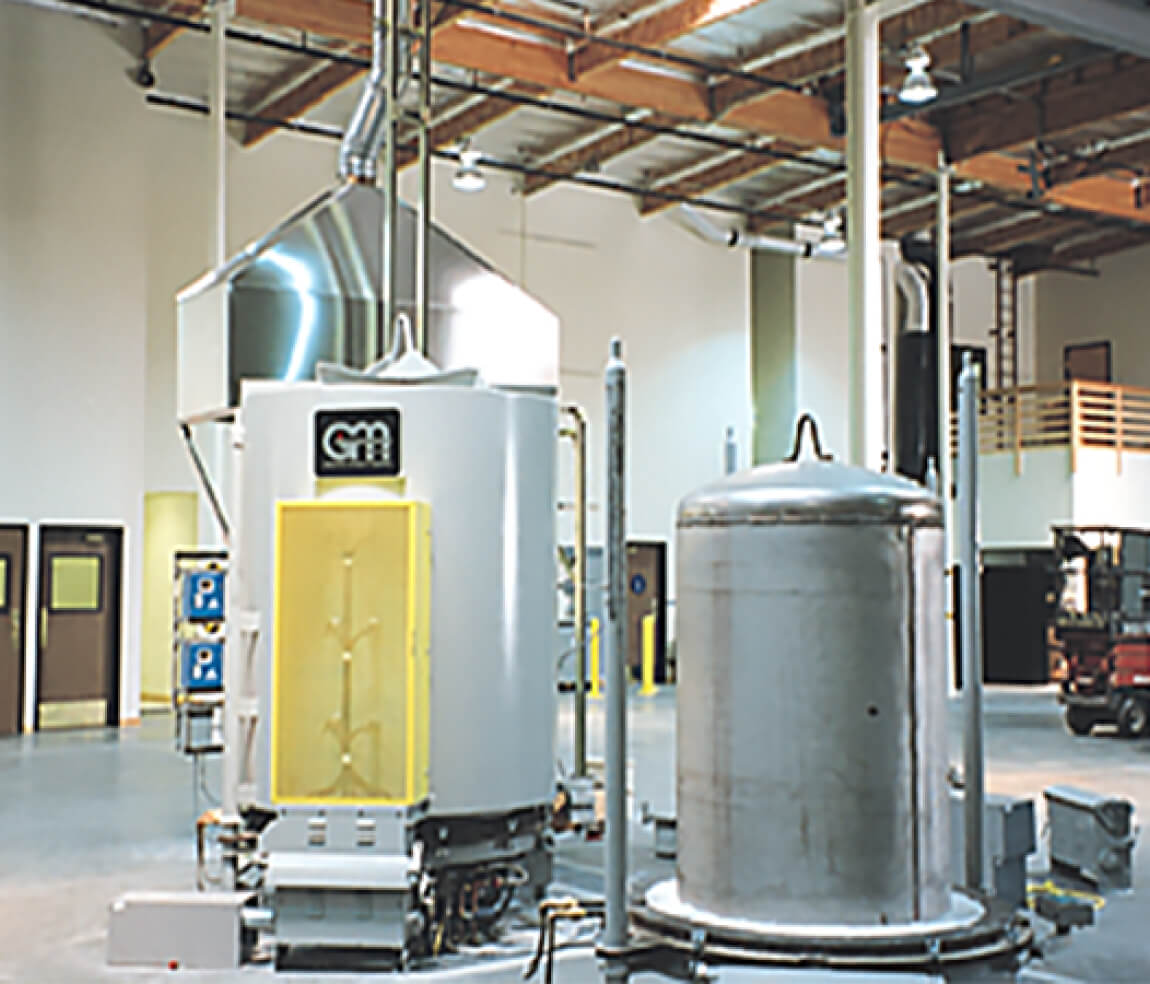
Sealed Atmosphere Retort furnace optimizes turbine blade durability with vapor phase aluminide coating, enhancing performance.
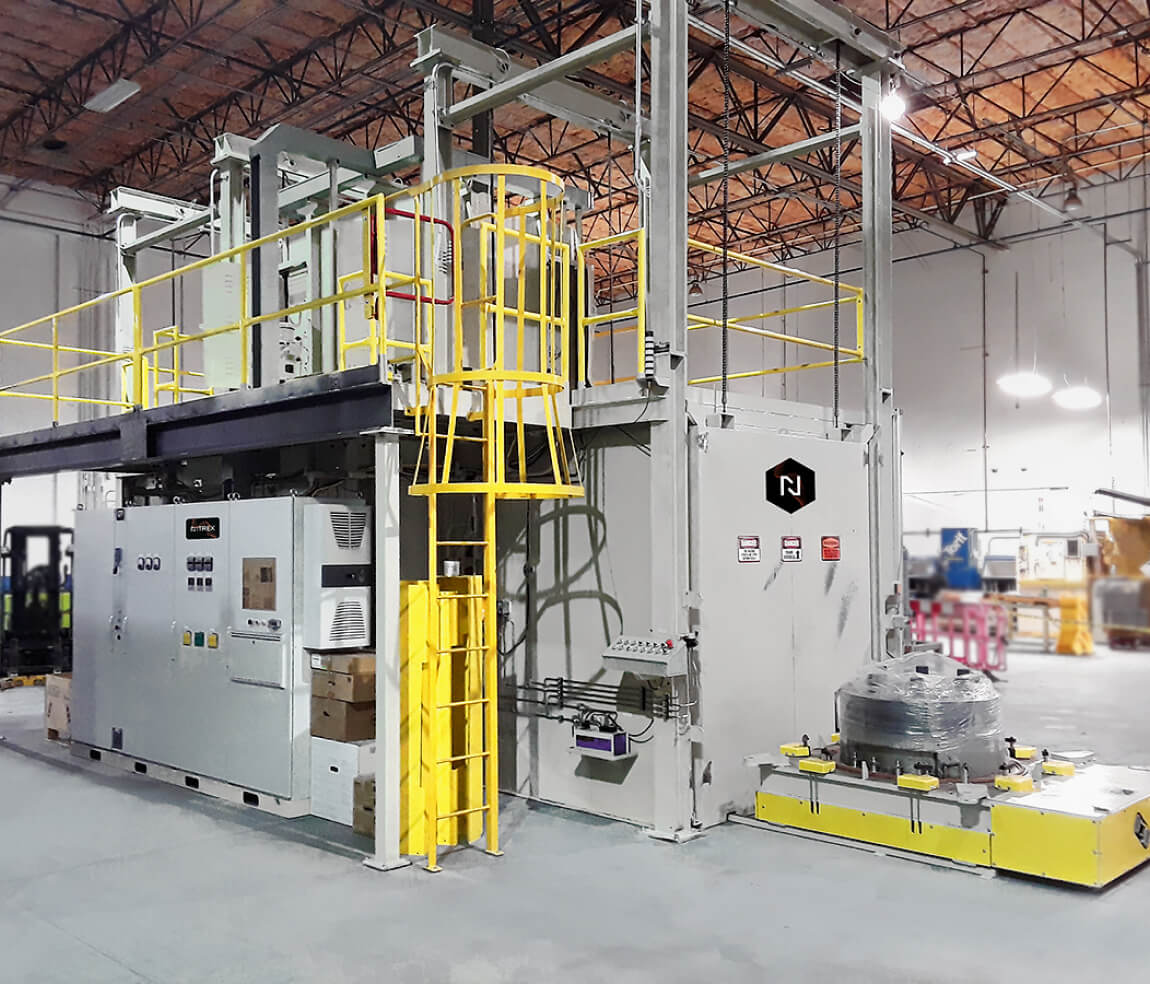
The SAR/VPA series furnace, ideal for aerospace, enhances turbine blade durability with vapor phase aluminide coatings.
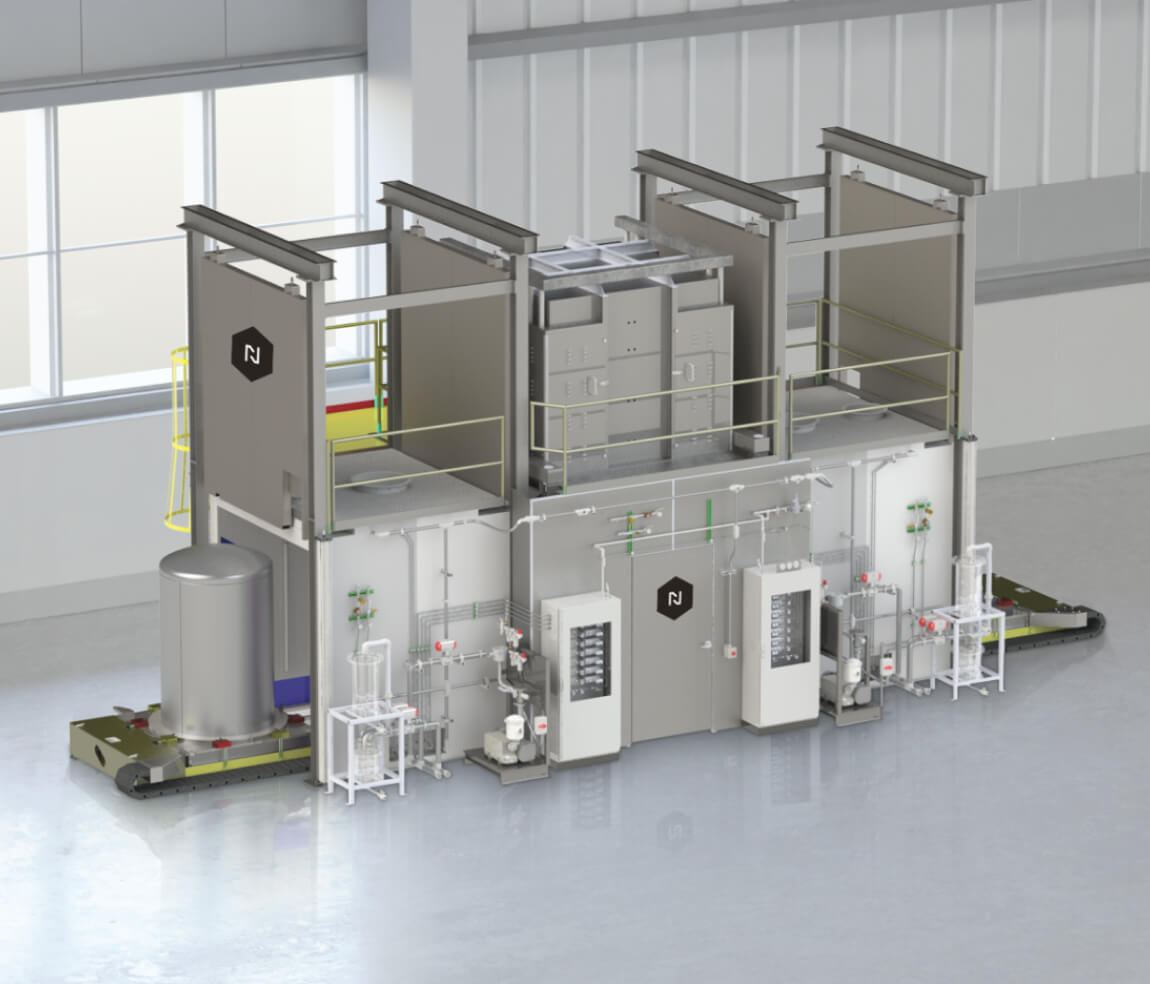
Process & technologies
Innovative Technology Solutions for Enhanced Manufacturing Processes
Our Deep Knowledge of Heat Treatments with our thorough understanding of the upstream and downstream manufacturing process is key to developing technology solutions that improve the design and performance of our customers’ processes and applications.
Download our brochures
Unlock exclusive insights
Download our brochures for a deeper dive into exceptional heat treat services and processes such as Nitreg-C, ONC and so much more.
Frequently Asked Questions
Everything you need to know about the products and processes.
Nitriding is a heat treatment process used to increase the surface hardness and wear resistance of metal parts by diffusing nitrogen into the surface layer of the material. This is typically done by exposing the parts to a nitrogen-rich atmosphere at elevated temperatures.
Gas nitriding involves exposing the parts to a nitrogen-rich atmosphere with ammonia at elevated temperatures in a furnace, while plasma nitriding uses a plasma discharge in a partial vacuum to generate nitrogen ions that are then diffused into the surface of the parts. Gas nitriding allows for more dense and productive loading, whereas Ion (plasma) nitriding offers good masking capability for individual parts. Load fixturing and electrical conductivity is required for each part to be successfully nitrided in plasma
Nitrocarburizing is a surface hardening process that involves diffusing nitrogen and carbon into the surface layer of metal parts to increase hardness, wear resistance, and corrosion resistance. This is typically done by exposing the parts to a nitrogen and carbon-rich atmosphere at elevated temperatures. Cycles are mainly shorter, as the goal is often to impart mainly an engineered “white layer” on the surface of the parts.
Vacuum furnaces offer several advantages over traditional atmosphere furnaces, including:
Precise control over the heating and cooling process, resulting in uniform heating and minimal distortion of parts.
– Higher process temperatures are possible with temperatures exceeding 2500F (1371C) with no or minimal degradation of the furnace interior.
-The ability to perform heat treatment processes on exotic alloys such as vacuum annealing, vacuum brazing, and vacuum sintering.
-Elimination of surface oxides and decarburization of parts due to the absence of oxygen in the furnace process atmosphere.
-Cold wall design allows for “clean” room use. Heating is always via electric power.
Vapor Phase Aluminizing (VPA) is a process that coats special nickel-based Superalloy turbine engine blades and components to help them resist high temperature oxidation corrosion. Nitrex high temperature retort systems offer the perfect environment for coating these Superalloys. The NiAl layer preferentially oxidizes in extreme service and creates a thin and dense alumina scale.
Nitriding, nitrocarburizing, and vacuum furnaces are commonly used in industries such as automotive, aerospace, tooling, injection molding, and general manufacturing. These processes are used to improve the wear resistance, fatigue strength, and corrosion resistance of metal parts used in critical applications.

Still Have Questions?
Can’t find what you’re looking for? Please feel free to get in touch with our experts.
